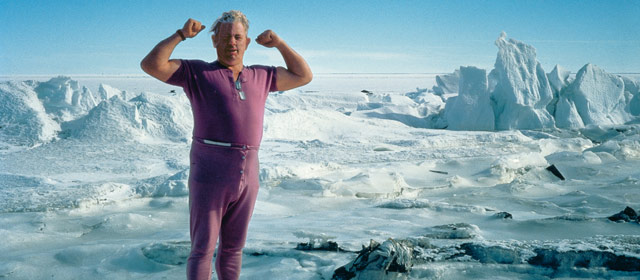Story summary
After Europeans settled in New Zealand and began farming, wool and then sheep meat were the main exports – at first mostly to Britain.
For many years whole carcasses were exported, but today cuts of meat are more common.
Grading meat and wool
Meat and wool are classified by factors like weight, fatness and muscle (for meat) and thickness, colour and strength (for wool). This means buyers can choose the exact kind of product they want.
Sheep meat
Meat was first sent to Britain in cans, in 1870. In 1882 the first frozen sheep carcasses were shipped on the Dunedin. After this, the industry grew quickly, and farmers began farming sheep that produced good meat, not just good wool. Most meat went to Britain.
Today sheep meat is exported to a wider range of countries. Meat that has been slaughtered to halal standards (a way of killing based on Islamic teachings) is sold to Muslim countries.
Beef
Up till the 1950s all New Zealand beef was sold locally. Since then, beef has been exported to the United States (mostly minced, for hamburgers) and to North Asia.
Wool
Wool is shorn from sheep – around 220,000 tonnes each year. Wool from Merino sheep is fine and white, and is dyed and made into fabrics for clothing. Coarser and darker wool from other breeds is used in blankets, curtains and carpets. Wool grease (lanolin) is made into cosmetics.
Most wool is exported in its raw state, to be spun and woven in other countries.





